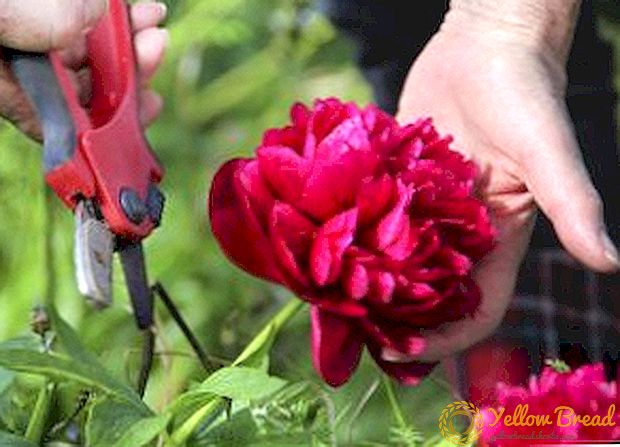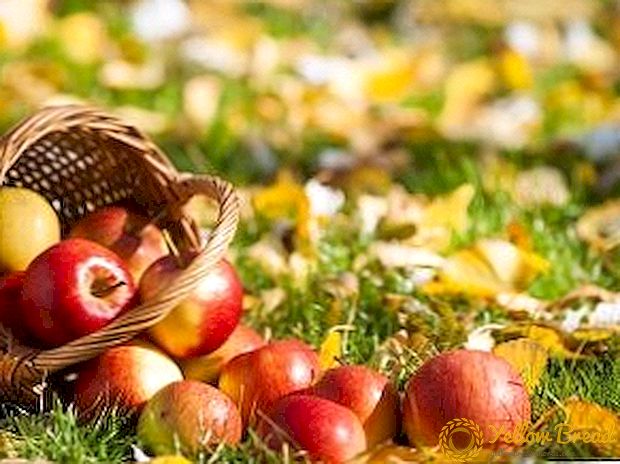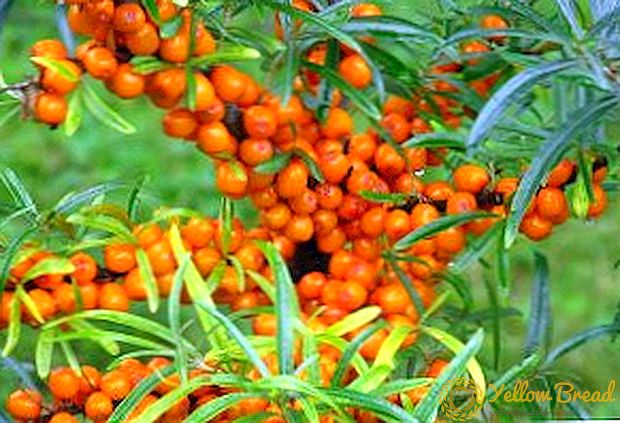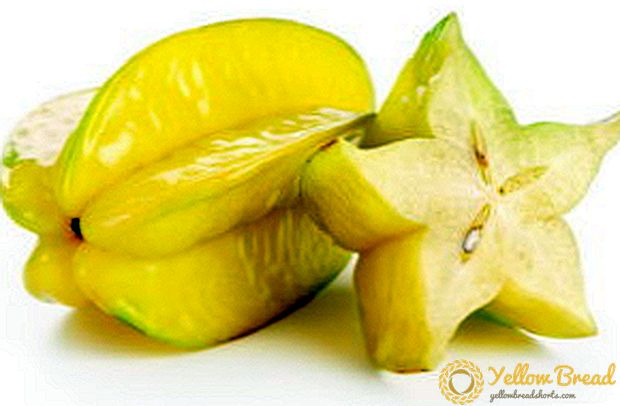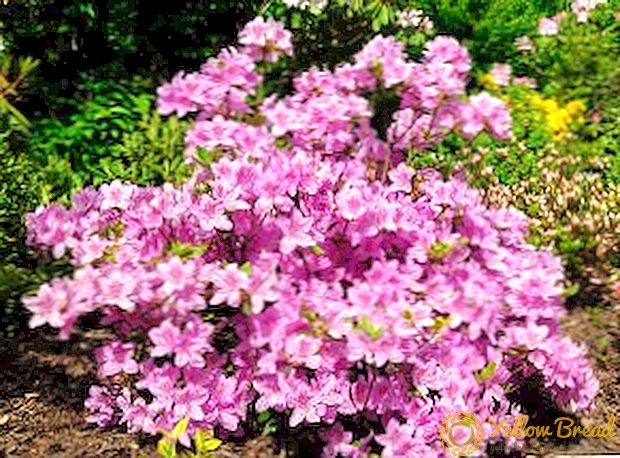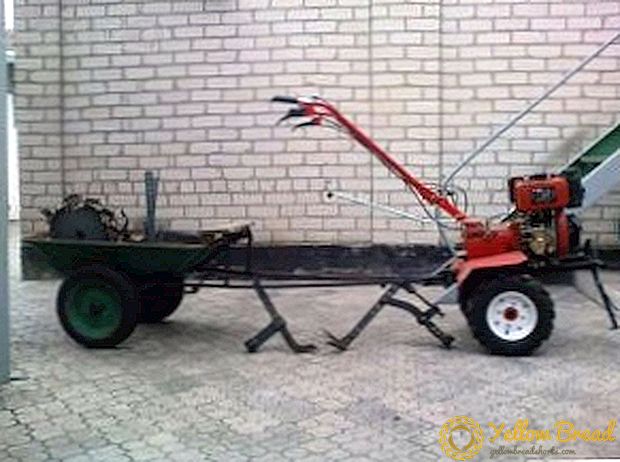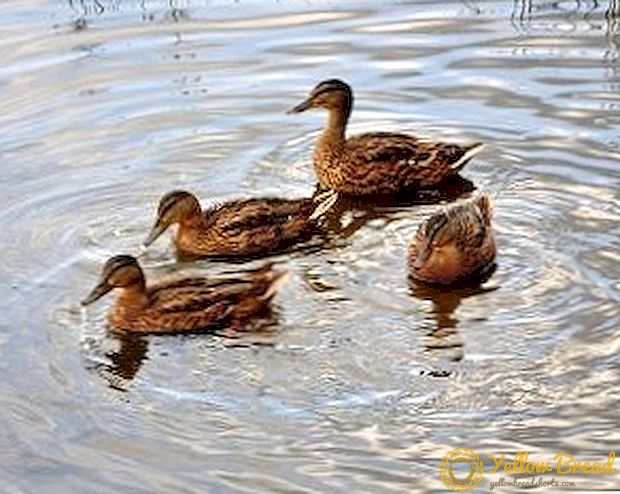
Many people who have geese and ducks on the farm faced the problem of the absence of a small pond near their house or garden.
Geese and ducks are waterfowl, but can live without a pond.
The presence of such a natural small lake can have a very positive effect on the general condition of the birds.
Also, geese and ducks that swim throughout the day, there will be less, which will save on food for them.
How to make this pond yourself? Everything is very simple. Moreover, this procedure does not require very large financial costs.
All necessary calculations are described below.
If geese and ducks have constant access to water, this will play a huge role in their development.
Open water is an excellent preventive measure against various parasites that can live in the plumage of birds (for example, puffs). When it's hot outside, birds can cool their bodies by swimming in the pond.
If you still do not want to make such a reservoir in the territory of your garden, and there is a small lake nearby, then you can accustom the birds to go swimming there, especially if they are on the free range.
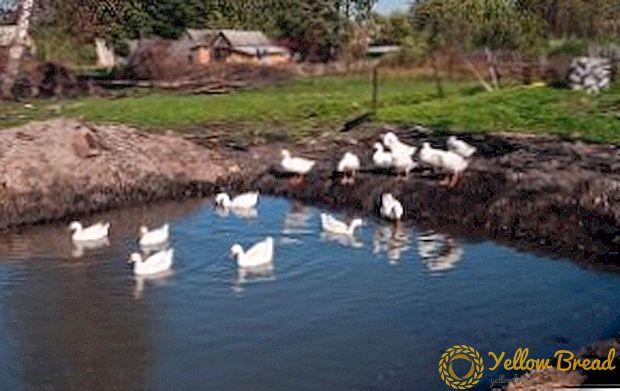
It is advisable to choose a place for a reservoir in the shade so that the water does not evaporate too quickly, especially in summer. It is also desirable that the leaves from the trees do not fall there, since various parasites can develop on them.
As for the material, the simplest of them is the usual polyethylene film. In any case, you need to dig a large, deep hole. This is where the principle "The more the better."
The bottom of this pit must be sent in polyethylene., fix the film on the sides and pour water into this kind of tank. You can also purchase a special plastic mold, under the shape of which you will need to dig a hole. But in these cases there will be problem with the drain.
Birds will constantly land in the water, which will lead to severe pollution of the pond. Water can also rot, creating an extremely unpleasant smell. In order to change the water, it will be necessary to spend a lot of energy on drawing it out of the pit or reservoir.
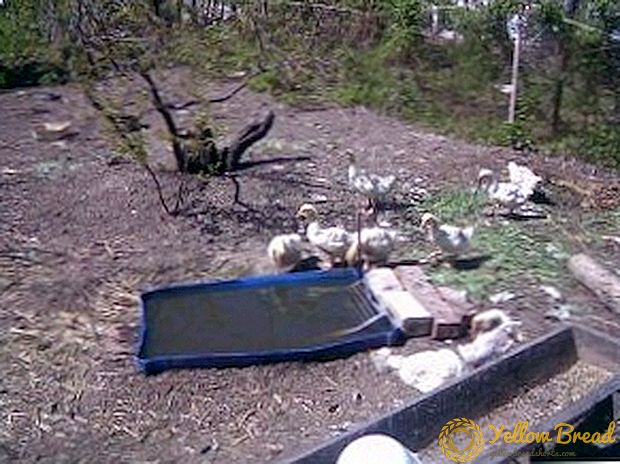
But there is the most optimal and, at the same time, sound option. To create a pond according to such a plan, you also need to dig a hole, preferably with a flat bottom.
Next, along the bottom perimeter, you need to lay stones, which, in turn, need to put reinforcement.
Stones should not be too small, the size of each should reach 6 - 7 cm in diameter. As the reinforcement, you can use the old grilles for windows, which will need to be cut to the size of the dug hole.
For future drainage near the future pond, you need to dig a drain hole or use an existing one. At the bottom you need to install a pipe that will happen by discharging the old water into the drain hole.
You can change the water at any time simply by opening the tap. But if, nevertheless, there is no desire to install a drain, then water can always be changed with the help of a pump. Next comes the concreting process.
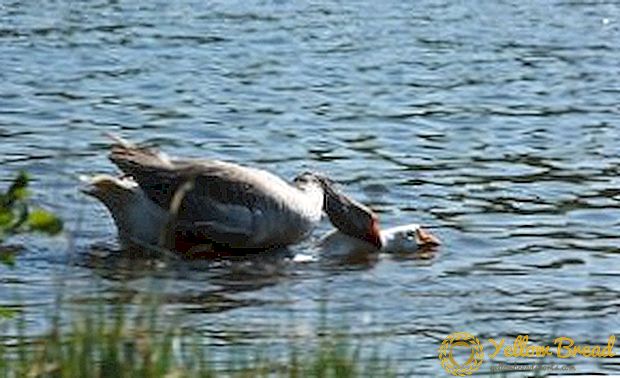
First, the concrete will need to fill the bottom, and after drying the floor - and the walls. It is advisable to cover all surfaces of the future reservoir with a primer in order to protect them as much as possible from the harmful effects of water.
The quality of the materials should not be very bad, as due to severe frosts in the winter cracks may break down the concrete, and this may cause the destruction of the whole structure. If you wish, you can cover the bottom and walls with material for a more aesthetic appearance.
When all the materials are dry enough, you can safely pour water into the pond and run the birds there. You can plant various bushes near this small lake, the greens from which the birds will pluck and consume.
Water from this lake can be used as fertilizer for your garden. The liquid in the lake will need to be changed as it is polluted, but you should not put off this process too much, as the water will create a favorable environment for the development of bacteria.
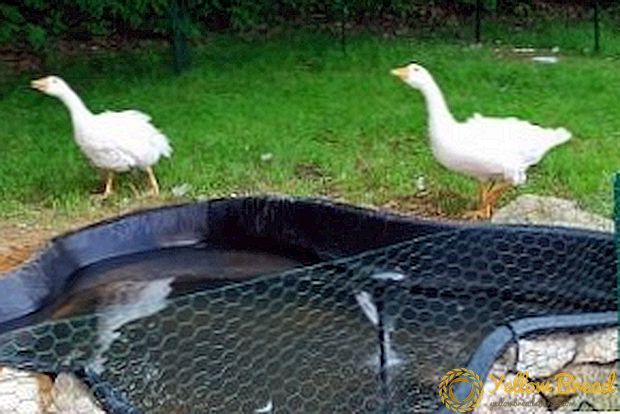
Its small lake, in which birds can swim, will favorably affect the fecundity of geese and ducks.
Young animals will develop faster and more harmoniously.
Now it became clear that making a bird pond with your own hands is not as difficult as it seems at first glance.
Just remember that the presence of such a tank with water will only benefit your living creatures.
Good luck in your endeavors.

